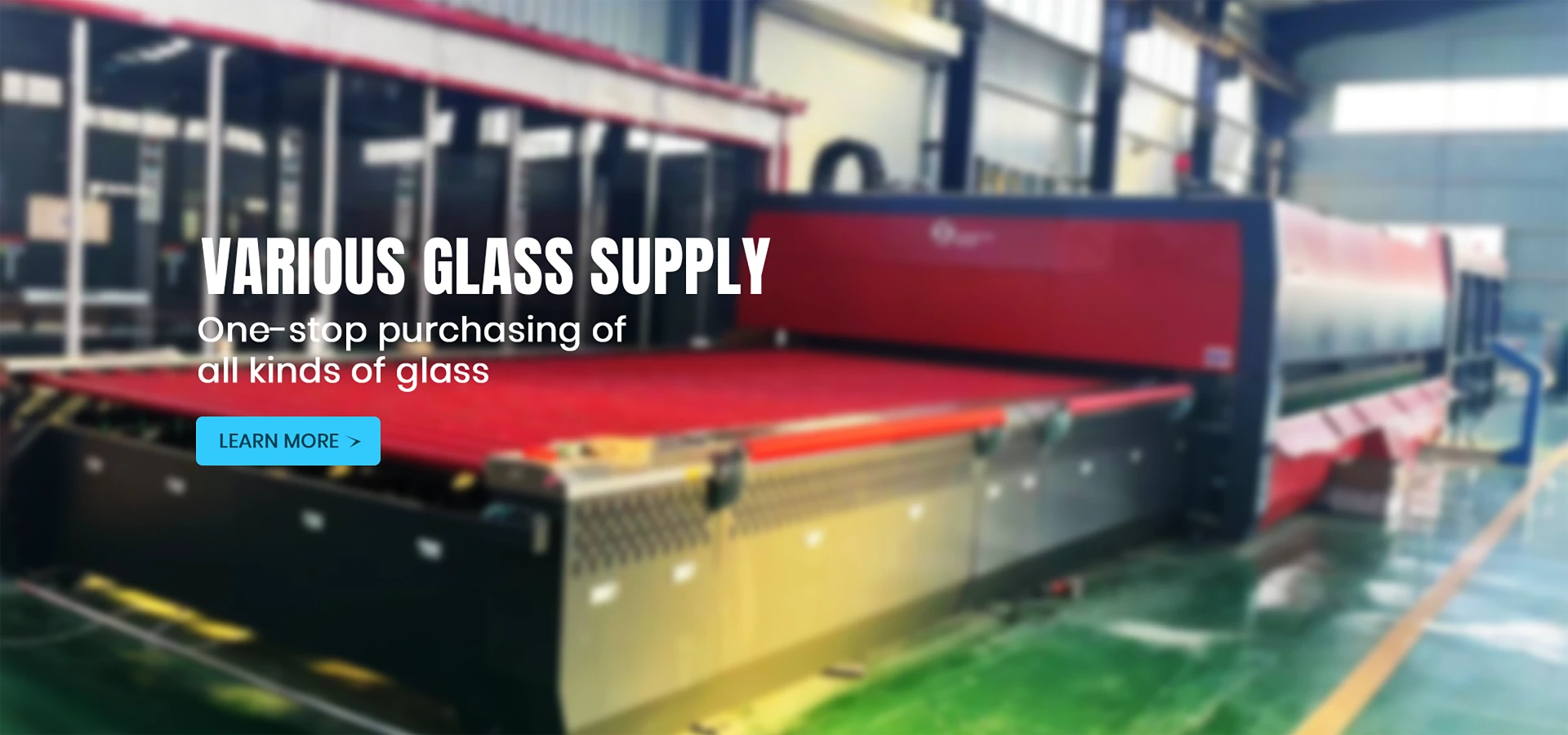The Allure of Float Bath Glass A Guide to Understanding its Beauty and Functionality
Float bath glass is a remarkable innovation in the world of glass manufacturing that has transformed the way glass is produced and utilized. This advanced technique not only enhances the aesthetic value of glass but also offers unparalleled functionality, making it a popular choice in various applications, from architecture to interior design.
At the heart of float bath glass production is the float glass process, invented in the mid-20th century. This method involves melting raw materials, primarily silica sand, soda ash, and limestone, to form molten glass. The molten glass is then poured onto a bed of molten tin, where it spreads out and forms a flat sheet. The tin provides a perfectly smooth surface, resulting in a clear, uniform sheet of glass without any imperfections. This process is what gives float glass its name and is responsible for its exceptional quality.
One of the most significant advantages of float bath glass is its clarity. Due to the nature of the manufacturing process, float glass has a high level of transparency, making it an ideal choice for applications where visibility is crucial. Architects and designers often opt for float glass in window installations, facades, and skylights, as it allows natural light to penetrate spaces while maintaining a sleek, modern aesthetic. Additionally, float glass can be treated or coated to enhance its energy efficiency, reducing heat transfer and UV radiation, which is increasingly important in sustainable building practices.
float bath glass
The versatility of float bath glass is another factor contributing to its popularity
. It can be easily cut, shaped, and tempered to suit various applications. For instance, when tempered, float glass is heated to high temperatures and then rapidly cooled, making it significantly stronger and more resistant to breakage. This is particularly useful in high-traffic areas or in applications where safety is a concern, such as glass doors and partitions.
Moreover, float bath glass can be customized through various processes, including lamination, painting, and sandblasting. Lamination involves sandwiching a layer of plastic between two sheets of glass, enhancing security and insulation. On the other hand, painting can add a splash of color or help achieve specific design aesthetics, while sandblasting creates a frosted finish that offers privacy without sacrificing light.
The environmental impact of float bath glass manufacturing is also worth noting. Many manufacturers are adopting eco-friendly practices, such as using recycled glass in their production processes. This not only reduces waste but also conserves energy and natural resources. The resulting product maintains the high standards of quality that float bath glass is known for, all while promoting sustainable practices in the industry.
In conclusion, float bath glass stands out as an essential material in modern design and architecture. Its combination of clarity, strength, and versatility makes it an attractive choice for a wide range of applications. Additionally, the ongoing innovations and environmentally conscious practices in the glass industry ensure that float glass will remain a key player in the future of building materials. As we continue to push the boundaries of design and sustainability, float bath glass will undoubtedly play a pivotal role in shaping our environments, both aesthetically and functionally.
 Afrikaans
Afrikaans  Albanian
Albanian  Amharic
Amharic  Arabic
Arabic  Armenian
Armenian  Azerbaijani
Azerbaijani  Basque
Basque  Belarusian
Belarusian  Bengali
Bengali  Bosnian
Bosnian  Bulgarian
Bulgarian  Catalan
Catalan  Cebuano
Cebuano  Corsican
Corsican  Croatian
Croatian  Czech
Czech  Danish
Danish  Dutch
Dutch  English
English  Esperanto
Esperanto  Estonian
Estonian  Finnish
Finnish  French
French  Frisian
Frisian  Galician
Galician  Georgian
Georgian  German
German  Greek
Greek  Gujarati
Gujarati  Haitian Creole
Haitian Creole  hausa
hausa  hawaiian
hawaiian  Hebrew
Hebrew  Hindi
Hindi  Miao
Miao  Hungarian
Hungarian  Icelandic
Icelandic  igbo
igbo  Indonesian
Indonesian  irish
irish  Italian
Italian  Japanese
Japanese  Javanese
Javanese  Kannada
Kannada  kazakh
kazakh  Khmer
Khmer  Rwandese
Rwandese  Korean
Korean  Kurdish
Kurdish  Kyrgyz
Kyrgyz  Lao
Lao  Latin
Latin  Latvian
Latvian  Lithuanian
Lithuanian  Luxembourgish
Luxembourgish  Macedonian
Macedonian  Malgashi
Malgashi  Malay
Malay  Malayalam
Malayalam  Maltese
Maltese  Maori
Maori  Marathi
Marathi  Mongolian
Mongolian  Myanmar
Myanmar  Nepali
Nepali  Norwegian
Norwegian  Norwegian
Norwegian  Occitan
Occitan  Pashto
Pashto  Persian
Persian  Polish
Polish  Portuguese
Portuguese  Punjabi
Punjabi  Romanian
Romanian  Russian
Russian  Samoan
Samoan  Scottish Gaelic
Scottish Gaelic  Serbian
Serbian  Sesotho
Sesotho  Shona
Shona  Sindhi
Sindhi  Sinhala
Sinhala  Slovak
Slovak  Slovenian
Slovenian  Somali
Somali  Spanish
Spanish  Sundanese
Sundanese  Swahili
Swahili  Swedish
Swedish  Tagalog
Tagalog  Tajik
Tajik  Tamil
Tamil  Tatar
Tatar  Telugu
Telugu  Thai
Thai  Turkish
Turkish  Turkmen
Turkmen  Ukrainian
Ukrainian  Urdu
Urdu  Uighur
Uighur  Uzbek
Uzbek  Vietnamese
Vietnamese  Welsh
Welsh  Bantu
Bantu  Yiddish
Yiddish  Yoruba
Yoruba  Zulu
Zulu 

